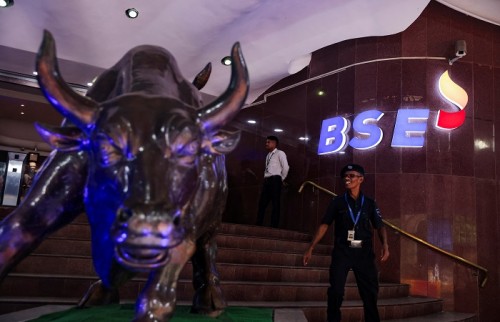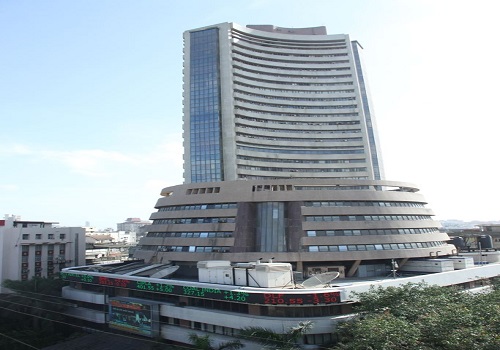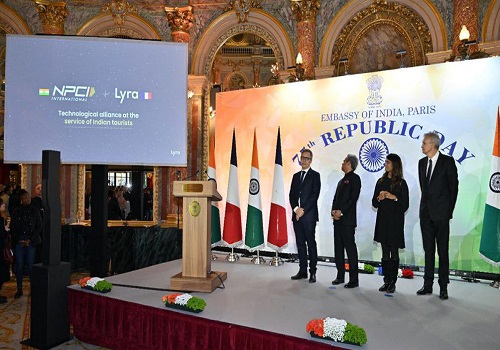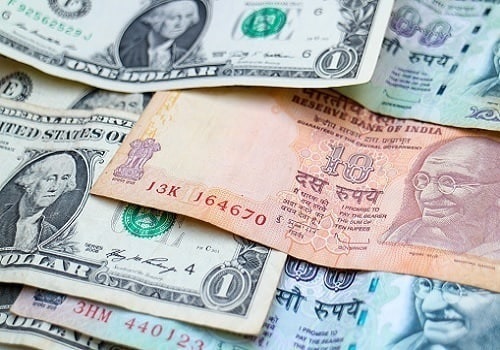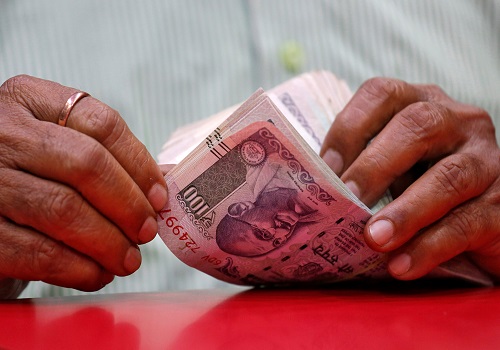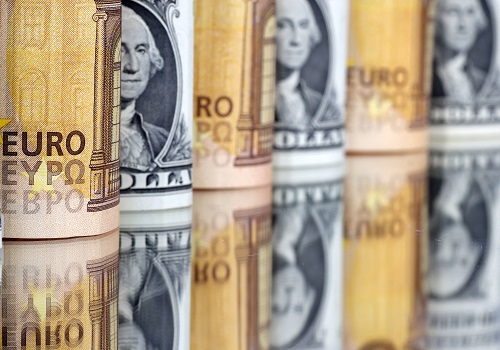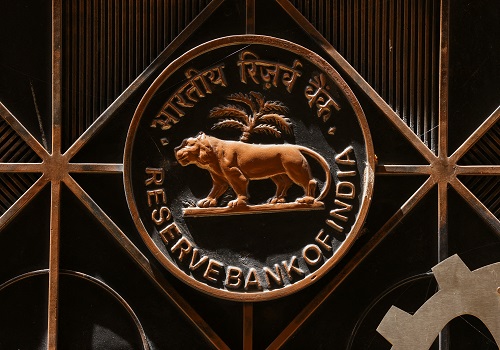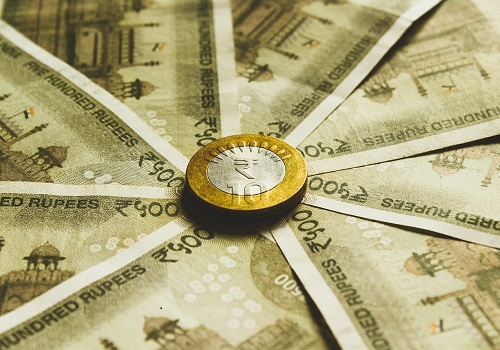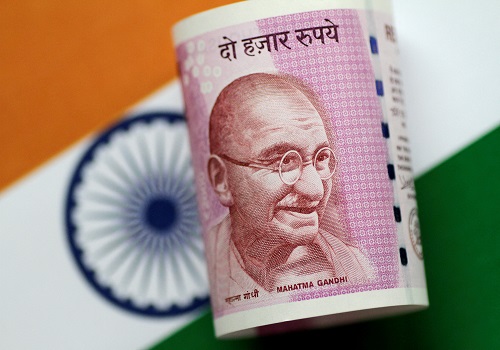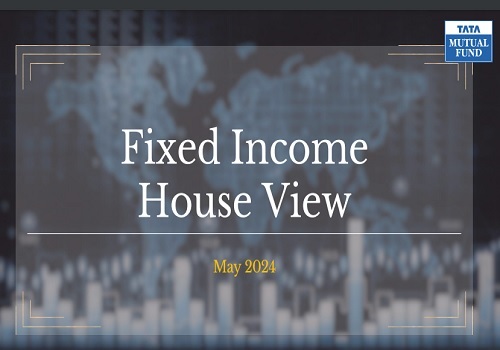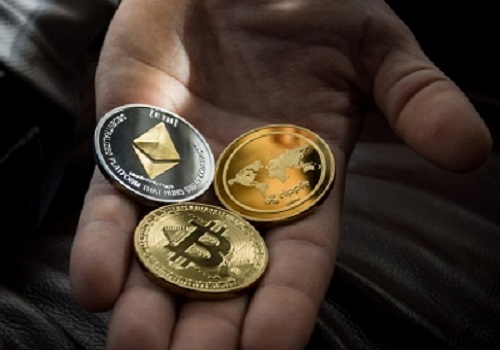Companies, banks bet Indian rupee's recovery has more legs

Follow us Now on Telegram ! Get daily 10 - 12 important updates on Business, Finance and Investment. Join our Telegram Channel
Corporates who trade in forex markets and proprietary desks of banks are wagering that the Indian rupee will appreciate further against the U.S. dollar, helped by a narrowing current account deficit and better "carry" returns, several bankers and analysts told Reuters.
The rupee reached 81.78 to the U.S. dollar on Monday, its highest in about a month and up about a percent since the beginning of March. It was last at 82 to the dollar.
The rupee is on a three week winning run, outperforming the Chinese yuan and the South Korean won in that period.
"What we are talking of is the next two to three months. If you ask most traders, there is a definite bias towards rupee appreciation," head of trading at a large foreign bank said.
"This view is there because one of the macro data points is showing positivity," he added, referring to India's decreased external risks, thanks to a narrowing current account deficit (CAD).
Last week the World Bank projected India's CAD will narrow to 2.1% of GDP in current fiscal year from an estimated 3% in the previous year.
"Positions of corporates who trade regularly are usually aligned to that of banks. And banks, unless you are outlier, are short (on USD/INR)," a senior trader at a private sector bank said.
None of the bankers wanted to be named because they are not allowed to talk to the media.
A large Indian conglomerate, which has high trading volumes on USD/INR and actively manages its forex risks, has short positions on the pair, both the traders said without naming the company.
"Have been and are still advising companies to sell (USD/INR) on up-ticks, and most hold positions along those lines," said Abhishek Goenka, CEO of IFA Global, a risk management firm advises companies that have a combined exposure of over $20 billion.
The rupee's low realized volatility, thanks primarily to the Reserve Bank of India's intervention on both sides, is an added incentive for short USD/INR trades.
"The carry return on the rupee, when adjusted for volatility is among the best among emerging market currencies," the foreign bank trader said.
A carry trade seeks to profit from interest rate differentials between two currencies.
The lower volatility allowed for "relatively large position sizes" from the risk perspective, he added.














